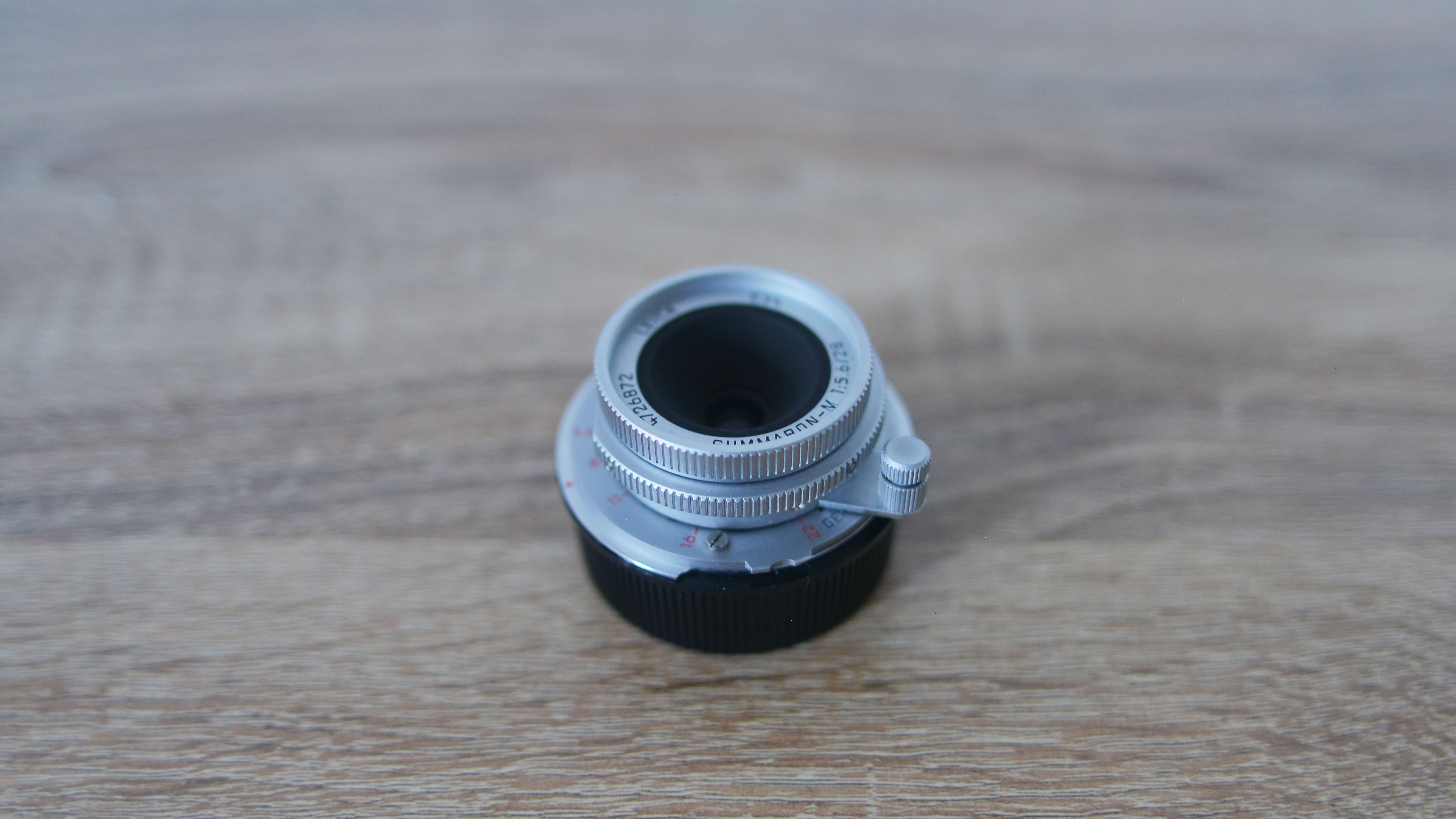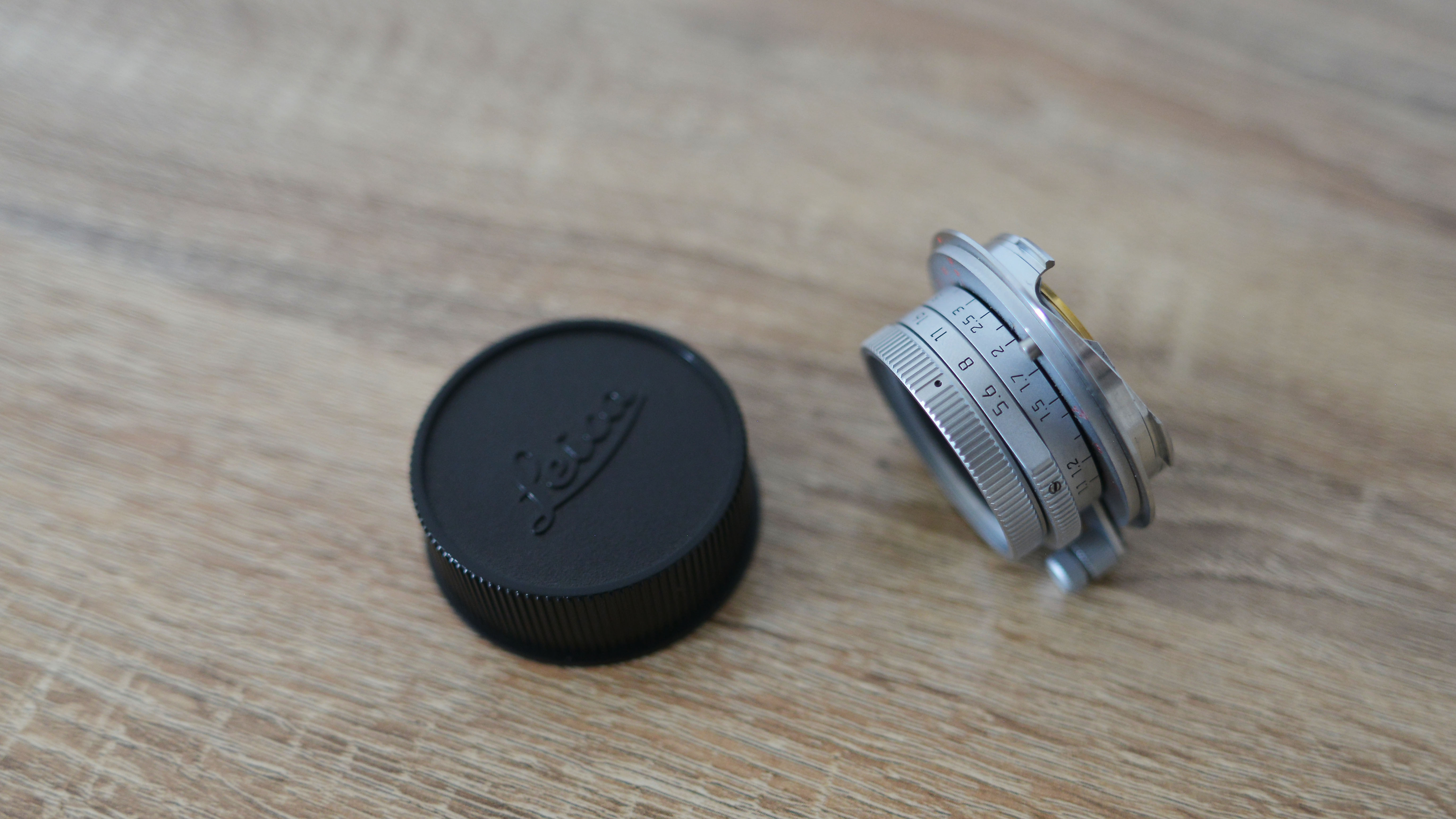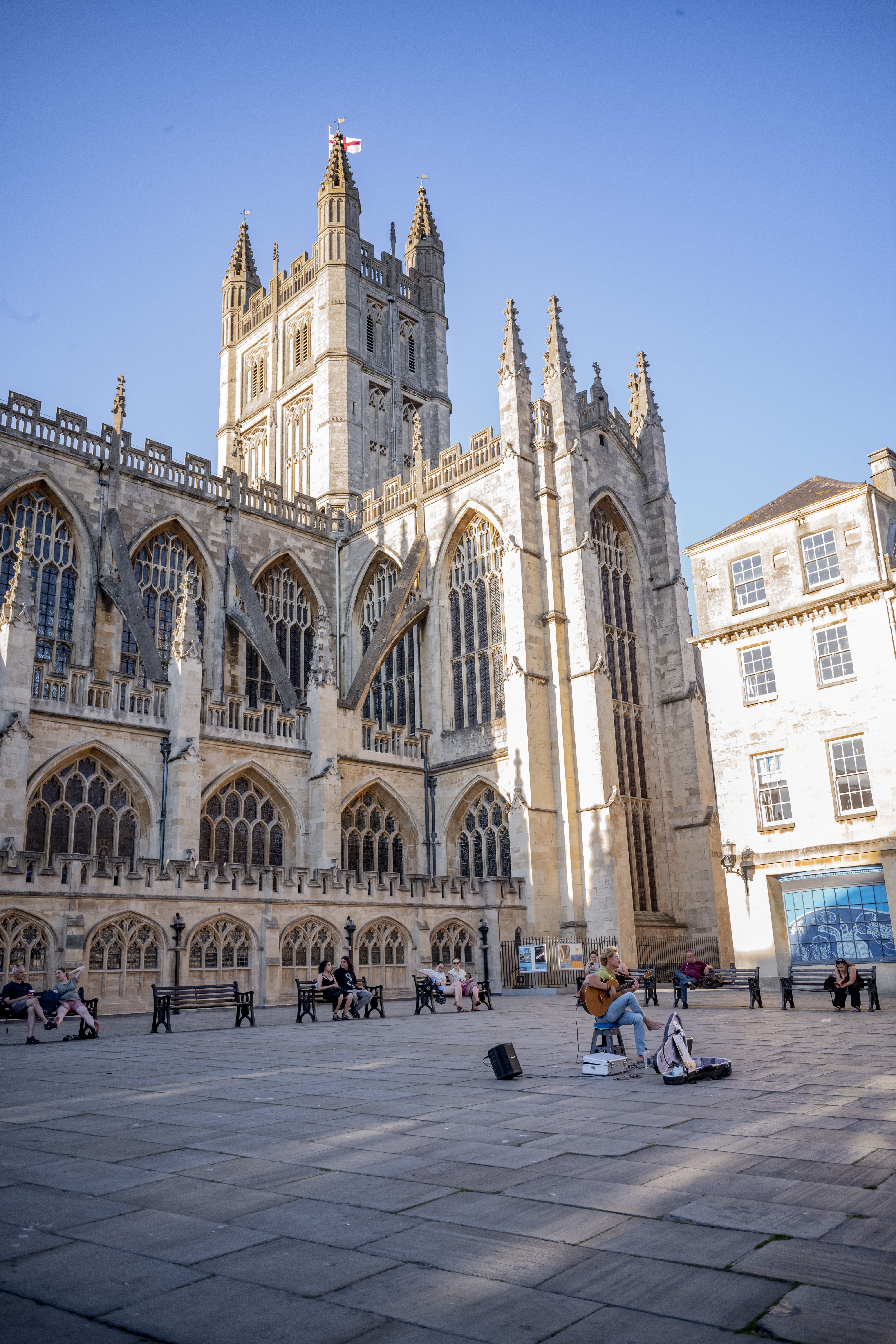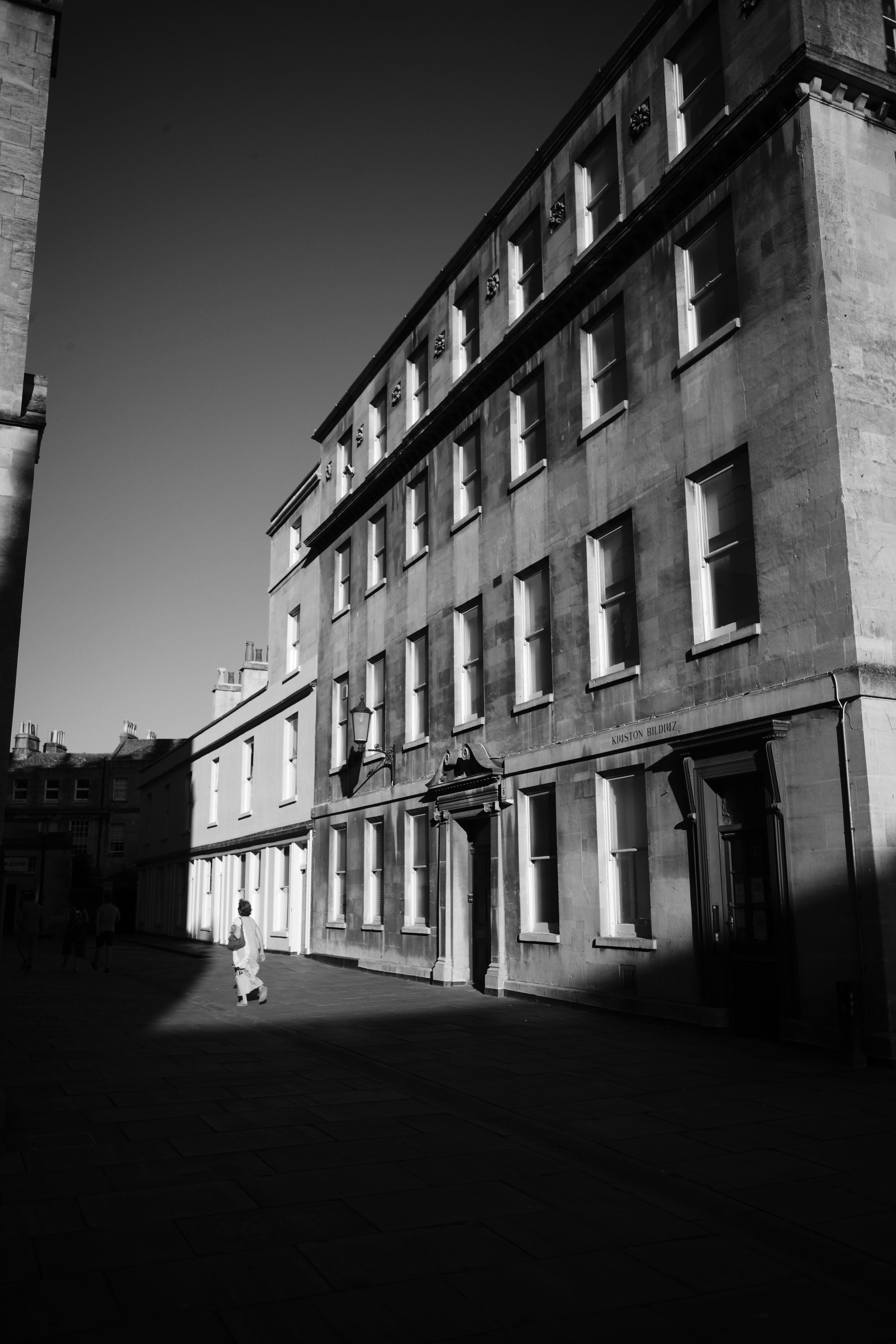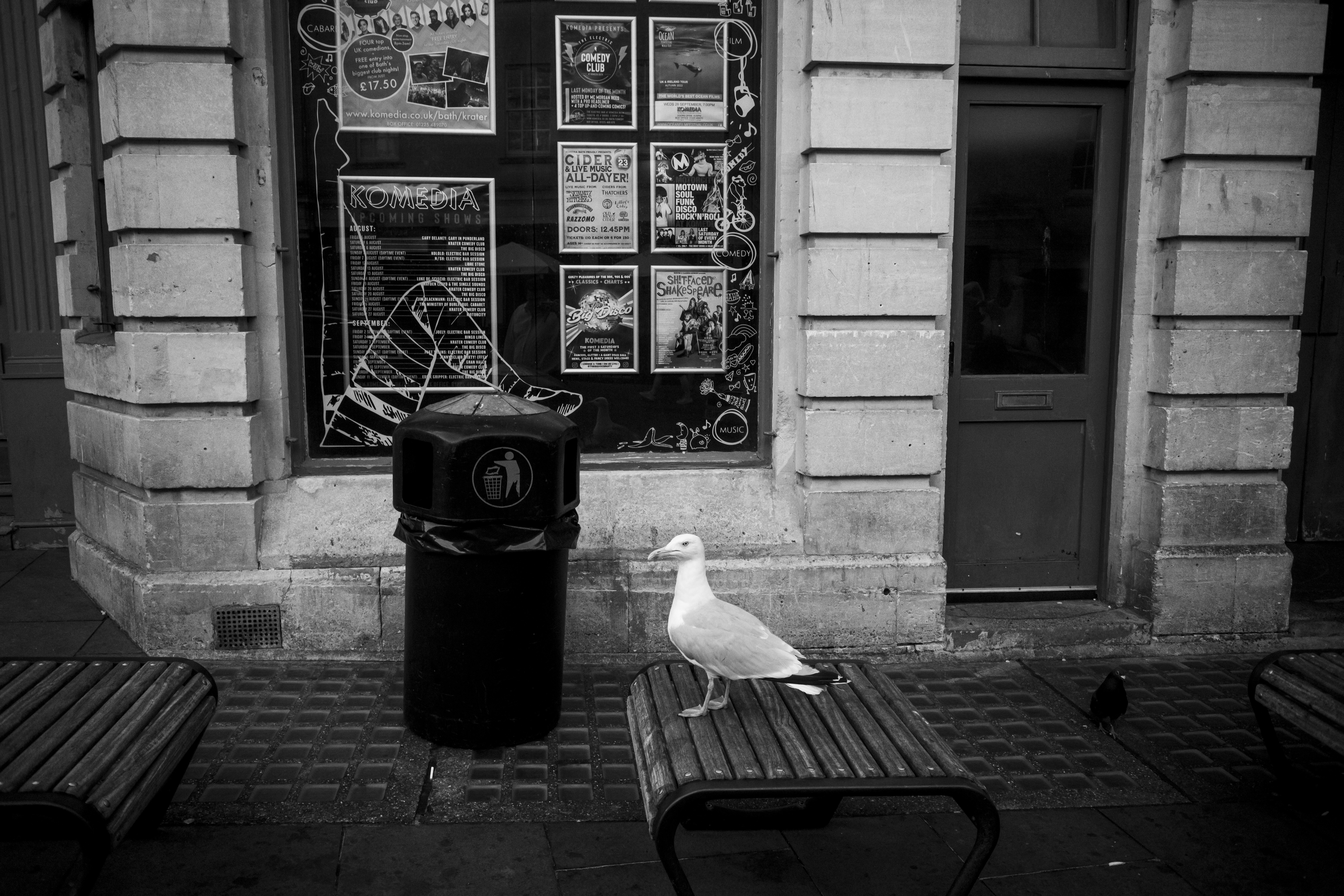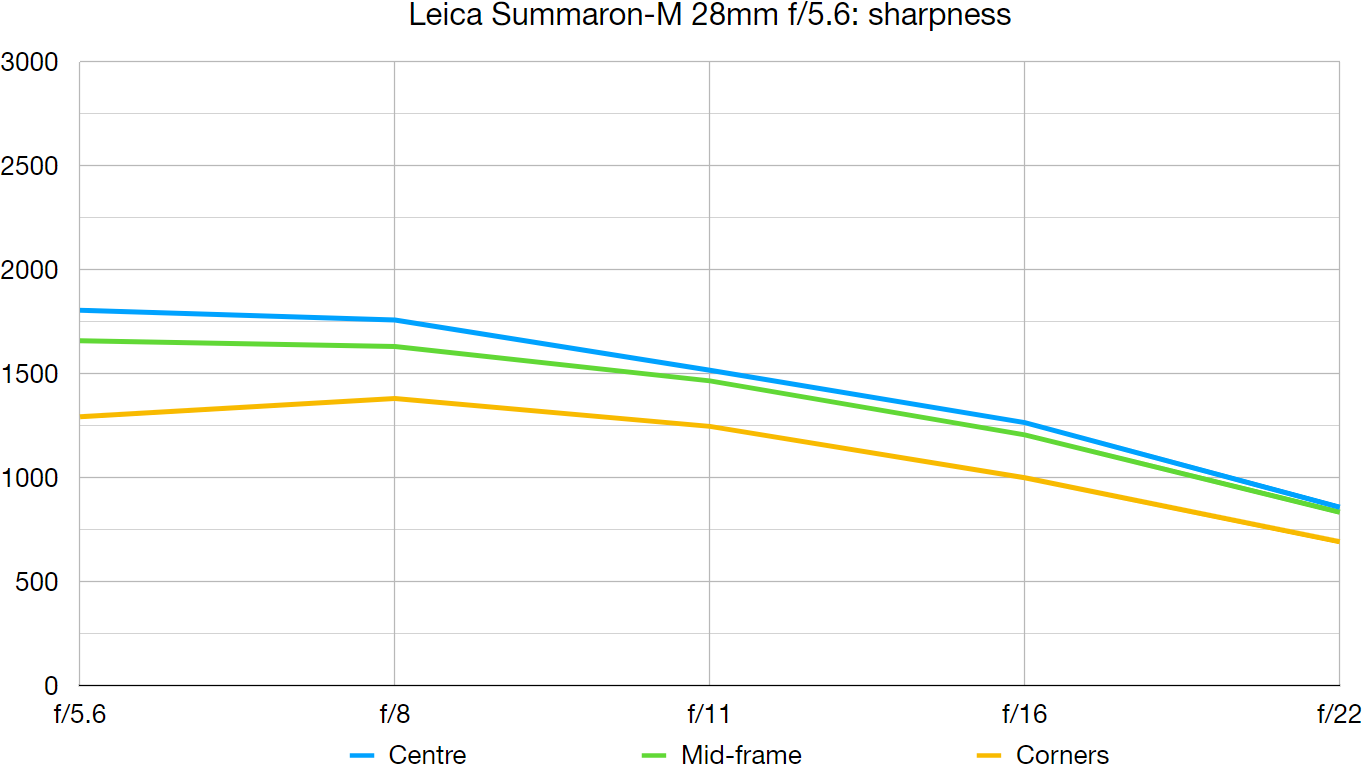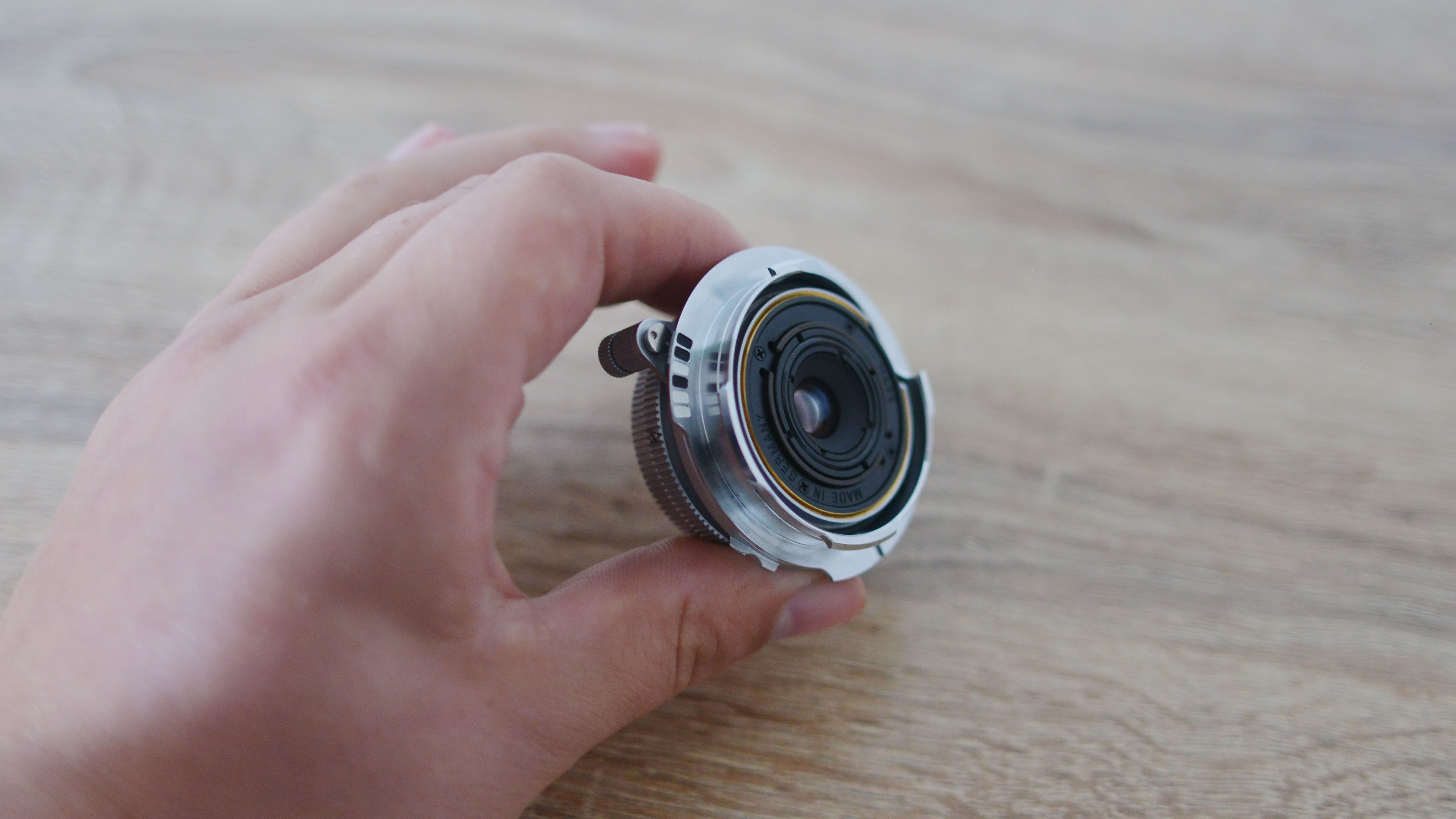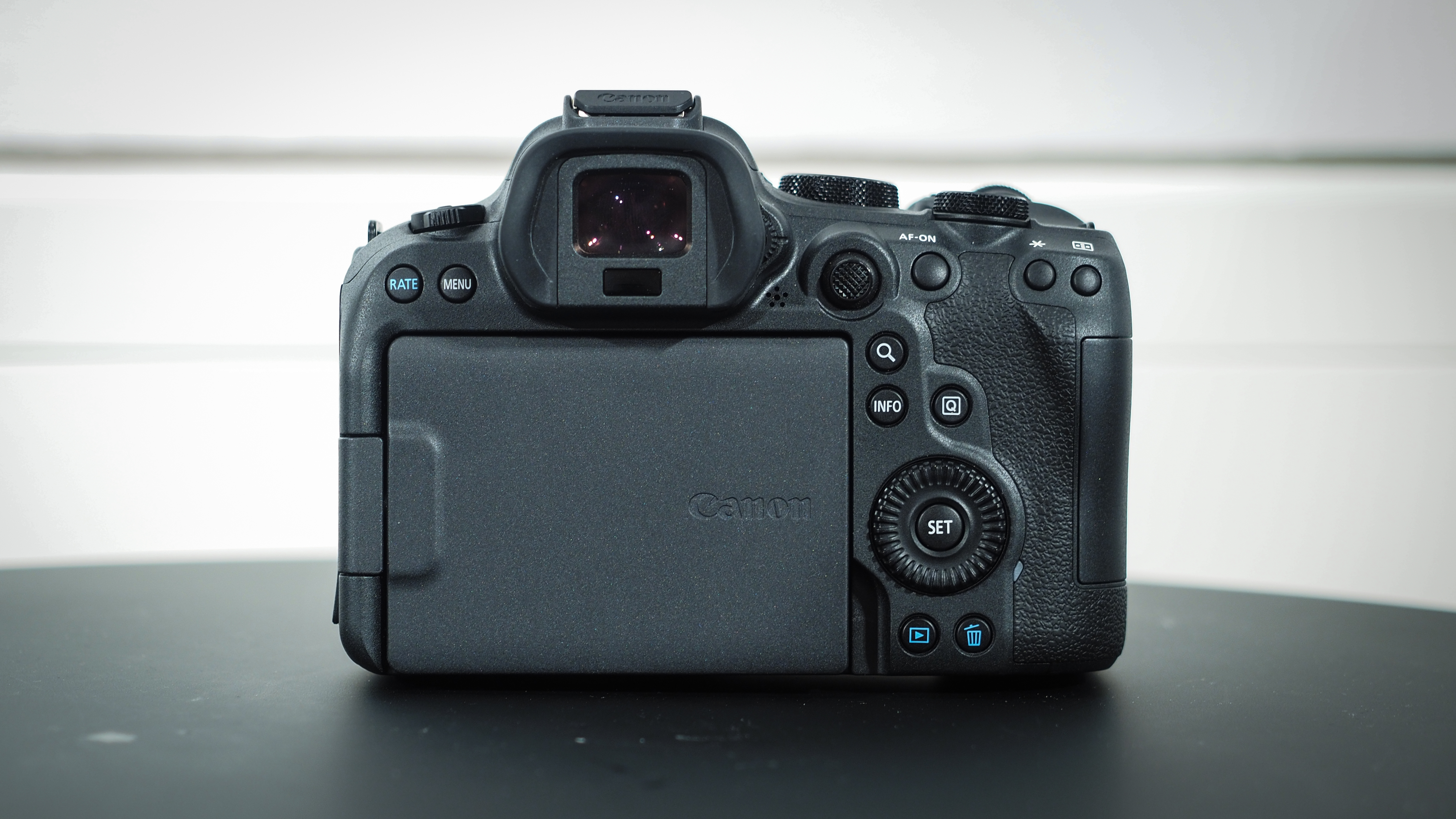Digital Camera World Verdict
The Leica 28mm Summaron-M f/5.6 is one of those lenses that you think could be a bit of a gimmick. But, that is far from the case, this is without a shadow of doubt the most fun lens I have used within the Leica lens lineup. It produces stunning images filled with punchy contrast, clarity and sharpness that makes your images stand out from the crowd. It is a tiny marvel of lens engineering and allows for the most compact package that Leica have ever made.
Pros
- +
Tiny and compact
- +
Easy to use
- +
Focus and forget
- +
Distortion free
Cons
- -
f/5.6 maximum aperture
- -
Focus locks at infinity
- -
Hard to read focus scale
Why you can trust Digital Camera World
The Leica 28mm Summaron-M f/5.6 is a lens that you can literally take anywhere with you thanks to its miniature size, compact operation and stellar performance, but its it worth its hefty price tag? - let's find out!
Specifications
Mount: Leica M-Mount
Full frame: Yes
Autofocus: No
Image stabilization: No
Angle of view: 75°
Diaphragm blades: 8
Optical design: 6 elements in 4 Groups
Minimum aperture: f/22
Minimum focusing distance: 3.3' / 1 m
Filter size: 34 mm (Front)
Dimensions: 2 x 0.7" / 51 x 18 mm
Weight: 5.8 oz / 165 g
Key features
The first feature is this lens's compact form factor. Measuring just 2cm / 20mm in length, this lens really becomes one with your Leica M rangefinder camera. Due to its compact size, it is surely the ultimate street lens to capture unique moments while going undetected. This lens does have a maximum aperture of f/5.6 but is able to stop down to f/22, where more modern Leica lens are restricted to f/16. Thanks to its wide depth of field, you can take full advantage of hyperfocal focusing and shoot from the hip at speed, without the need for critical focusing. maximum aperture. This makes the 28mm Summaron-M f/5.6 a great tool for all kinds of street, landscape, documentary, and even architectural photography.
Photographers that love to hit critical focus on all their images, and leave nothing to chance, will find the handy focus tab to be a pure joy to use. However, it must be noted that once at infinity the focus tab will lock and must be pressed to dis-engage for closer focusing again. This is fine if you like to default to infinity focus, but could prove annoying. This is a minor issue that you soon get used to after an hour or so of using this wonderful lens, but worth a mention as it is a feature unique to this lens.
Build & Performance
Another observation is the sheer lack of distortion. While testing the lens out in the field it is clear that no matter how close you get to a building or dutch-angle a shot, distortion will not play a part of your images, leaving every line straight and true. This has even been backed up by our own lab testing with a rare and perfect score of 0!.
This lens is a reincarnation of an older Leitz lens with the same lens grouping of 6 elements in 4 groups – identical to its ancestor. 6-bit coding is embodied on the bayonet mount, however, to enable clear communication with all modern Leica M bodies, which in turn will automatically provide the 28mm frame line within the rangefinder when fixed to your camera, and will also apply EXIF data to your images.
While testing this lens out on the streets I found it produces punchy contrast to either your black and white or color images, and produces an even color shift throughout. Blues are controlled and leave skies feeling dreamy and lifelike, while street images are distortion free. The lab results reveal average resolution, but this lens has great clarity and rich contrast that really brings images to life and makes this lens truly a one-of-a-kind.
The best camera deals, reviews, product advice, and unmissable photography news, direct to your inbox!
To say it gave a flawless performance would be going a little too far because with “only” an f/5.6 maximum aperture you would not be able to isolate your subject, like you would with an f/1.4 for example. This is a lens more suited to street or reportage photography, when you need an image to be sharp with tremendous clarity. That’s not to say this lens cannot be used for other genres of photography, but don't expect it to blur out the whole background when shooting a portraiture session.
Sample gallery
Lab results
We run a range of lab tests under controlled conditions, using the Imatest Master testing suite. Photos of test charts are taken across the range of apertures and zooms (where available), then analyzed for sharpness, distortion and chromatic aberrations.
We use Imatest SFR (spatial frequency response) charts and analysis software to plot lens resolution at the center of the image frame, corners and mid-point distances, across the range of aperture settings and, with zoom lenses, at four different focal lengths. The tests also measure distortion and color fringing (chromatic aberration).
Sharpness:
Sharpness is good, though nothing special. It is however pretty consistent across the image frame, and drop-off is gradual as you narrow the lens apperture.
Fringing:
Levels of fringing are very minor, regardless of aperture. You'll have a hard job spotting any aberrations in real-world shooting.
Distortion: 0
A very rare perfect score! You won't see any distortion in your images.
Verdict
The Leica 28mm Summaron-M f/5.6 is one of those lenses that you think could be a bit of a gimmick, a recreation of an old lens for the modern day. But that is far from the case, as this is without a shadow of doubt the most fun lens I have used within the Leica lens lineup. It produces stunning images filled with punchy contrast and clarity that makes your images stand out from the crowd. It is a tiny marvel of lens engineering and allows for the most compact package that Leica has ever made.
The cost is rather high for a lens with a maximum aperture of f/5.6, but when you look past that and really see how this lens performs in the field, and how it renders images, I think it is worth every penny!
Read more:
Best Leica M lenses
Leica M 11 review
Best Leica camera
Leica Q2 Reporter

For nearly two decades Sebastian's work has been published internationally. Originally specializing in Equestrianism, his visuals have been used by the leading names in the equestrian industry such as The Fédération Equestre Internationale (FEI), The Jockey Club, Horse & Hound, and many more for various advertising campaigns, books, and pre/post-event highlights.
He is a Fellow of the Royal Society of Arts, holds a Foundation Degree in Equitation Science, and holds a Master of Arts in Publishing. He is a member of Nikon NPS and has been a Nikon user since his film days using a Nikon F5. He saw the digital transition with Nikon's D series cameras and is still, to this day, the youngest member to be elected into BEWA, the British Equestrian Writers' Association.
He is familiar with and shows great interest in 35mm, medium, and large-format photography, using products by Leica, Phase One, Hasselblad, Alpa, and Sinar. Sebastian has also used many cinema cameras from Sony, RED, ARRI, and everything in between. He now spends his spare time using his trusted Leica M-E or Leica M2, shooting Street/Documentary photography as he sees it, usually in Black and White.


